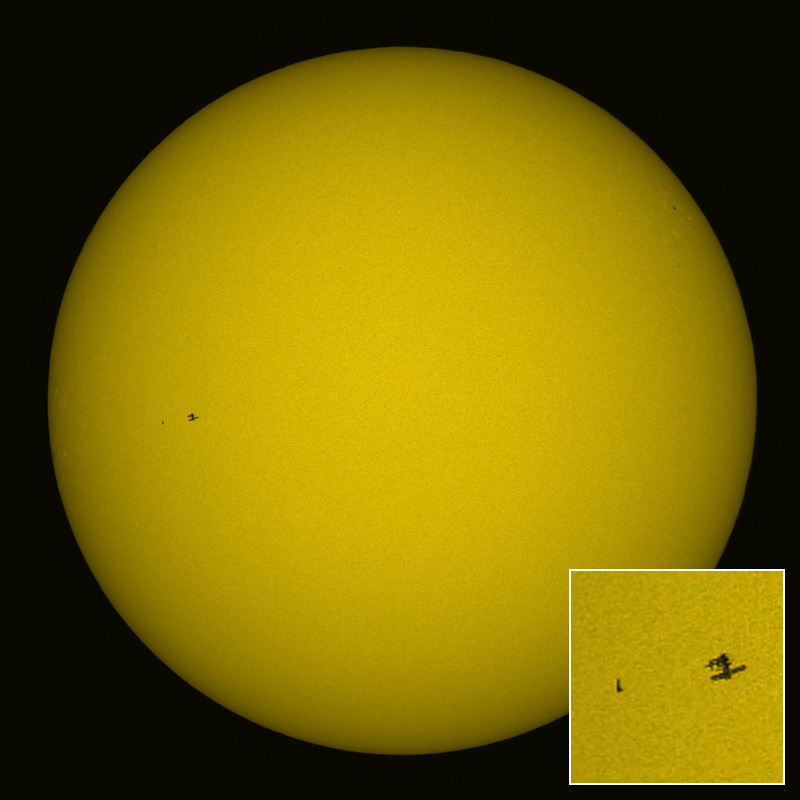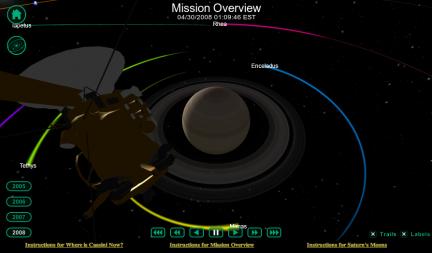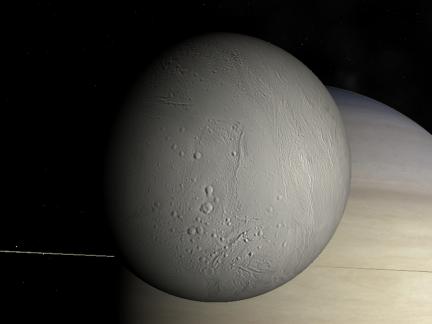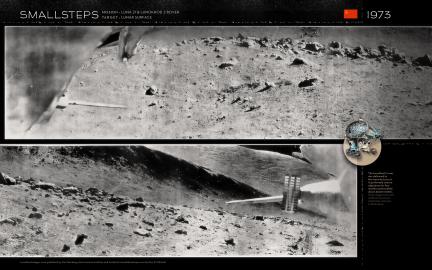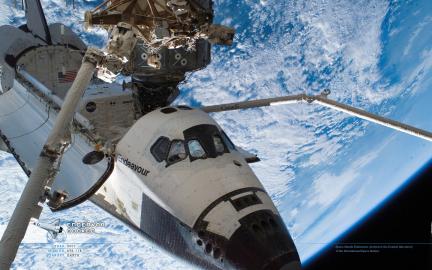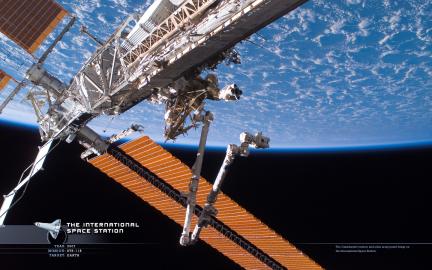GOOD on NASA Missions
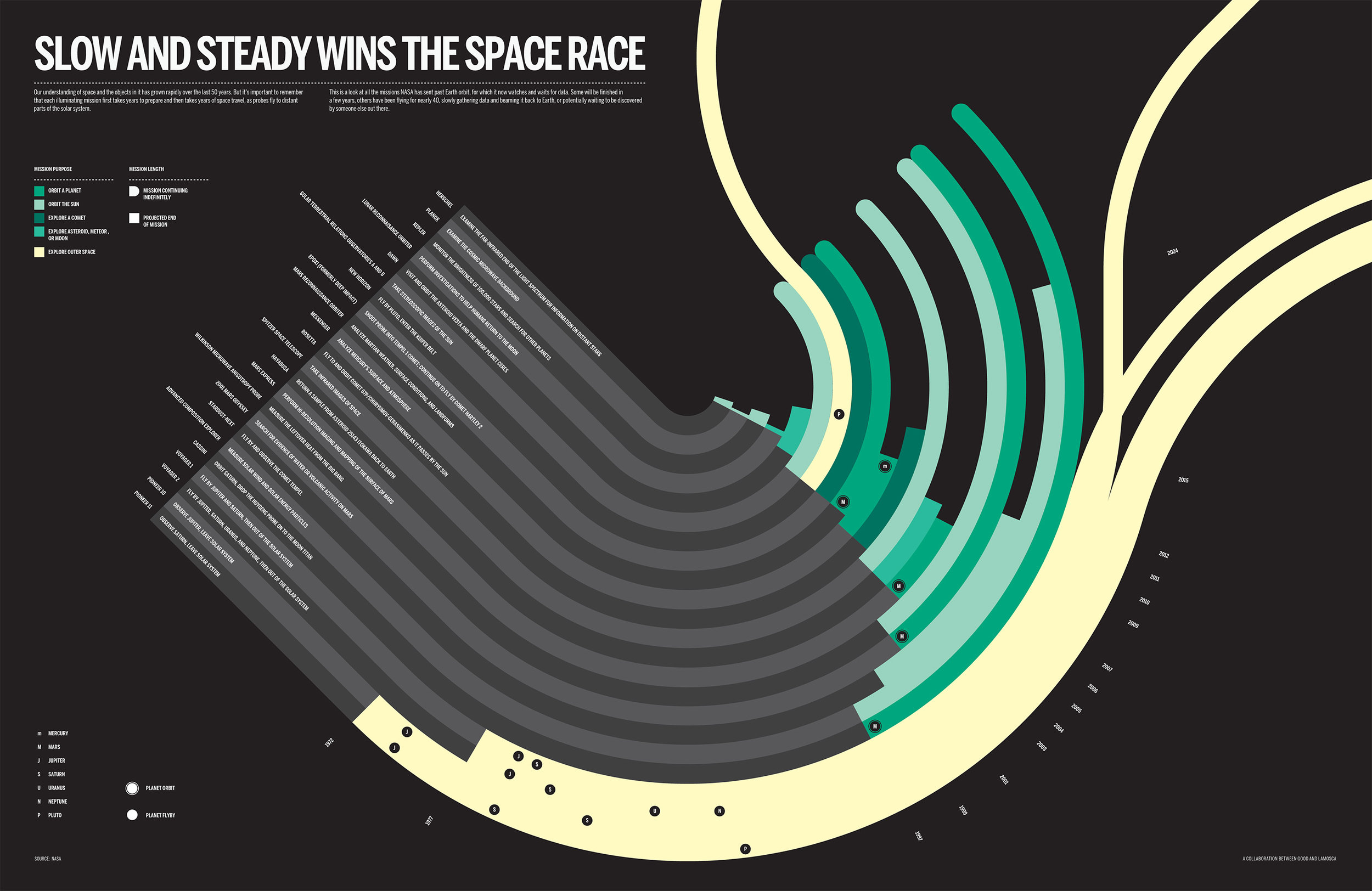 The site good.is has this great section called “Transparency” where they illustrate complex and hard to understand topics. Check out this magnificent chart of all the probes that NASA has sent past Earth orbit.
The site good.is has this great section called “Transparency” where they illustrate complex and hard to understand topics. Check out this magnificent chart of all the probes that NASA has sent past Earth orbit.
50 Years of Space Exploration Map
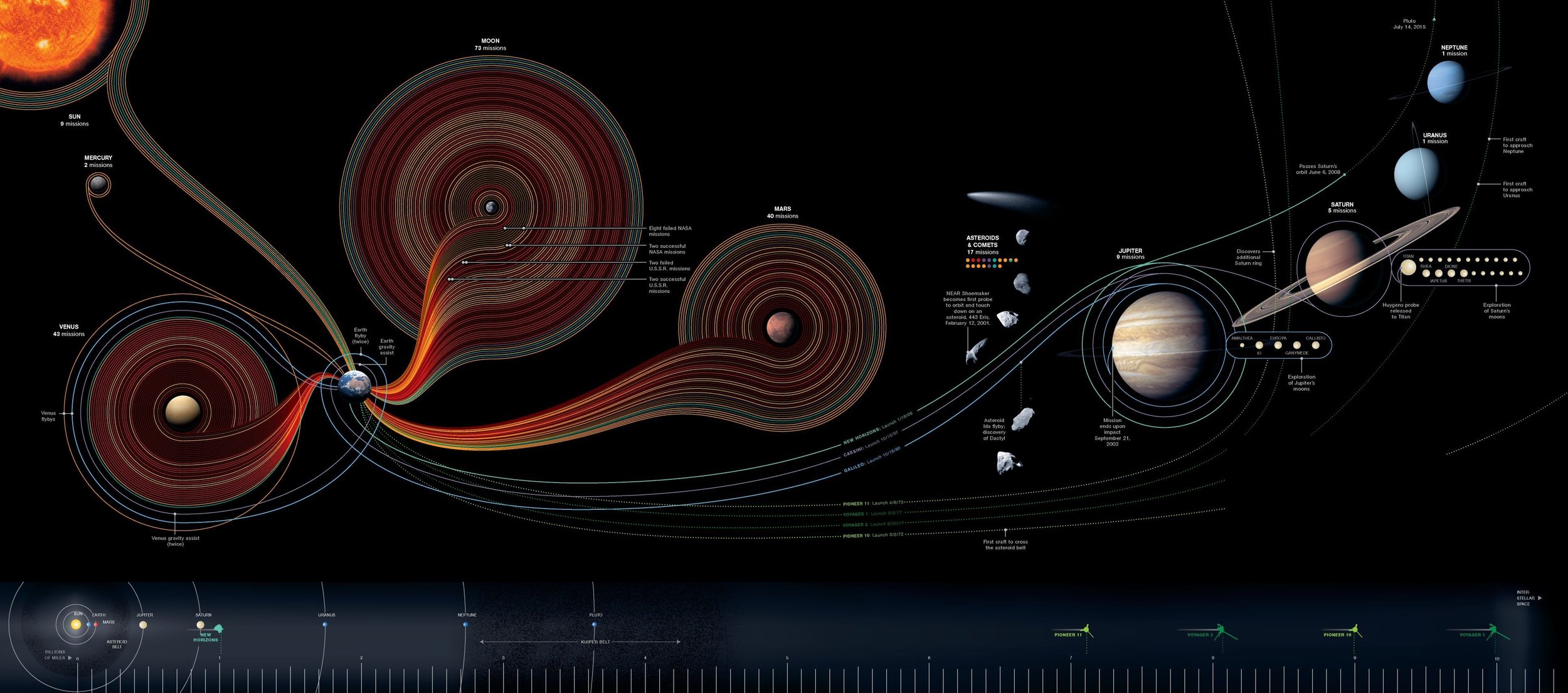 This is so nice, but I am furious that I didn’t get to design this. This is Information design at it’s best naturally by National Geographic. You can see 50 years of robotic planetary exploration at a glance. It even includes failed missions represented by darker desaturated lines. As far as I can tell the cream colored lines are US and the red ones are Soviet. Interesting to see how many of those lines go dark around Mars.
This is so nice, but I am furious that I didn’t get to design this. This is Information design at it’s best naturally by National Geographic. You can see 50 years of robotic planetary exploration at a glance. It even includes failed missions represented by darker desaturated lines. As far as I can tell the cream colored lines are US and the red ones are Soviet. Interesting to see how many of those lines go dark around Mars.
Now where does one purchase such a thing? Perhaps this month’s issue of NG? Here is the link to it on their site complete with zoom viewer and them some kind samaritan posted a hires version to flickr.
Tweets of Apollo
 You can also follow the mission in real-time as history played out 40 years ago on twitter. Follow Mission Control, The Spacecraft or The Lunur Excursion Module (Eagle). The Eagle will not have much to say, obviously, until it is actually descending toward the surface of the moon on Monday, but it has just started making some noise on Sunday night.
You can also follow the mission in real-time as history played out 40 years ago on twitter. Follow Mission Control, The Spacecraft or The Lunur Excursion Module (Eagle). The Eagle will not have much to say, obviously, until it is actually descending toward the surface of the moon on Monday, but it has just started making some noise on Sunday night.
Lunar Reconnaissance Orbiter Launch
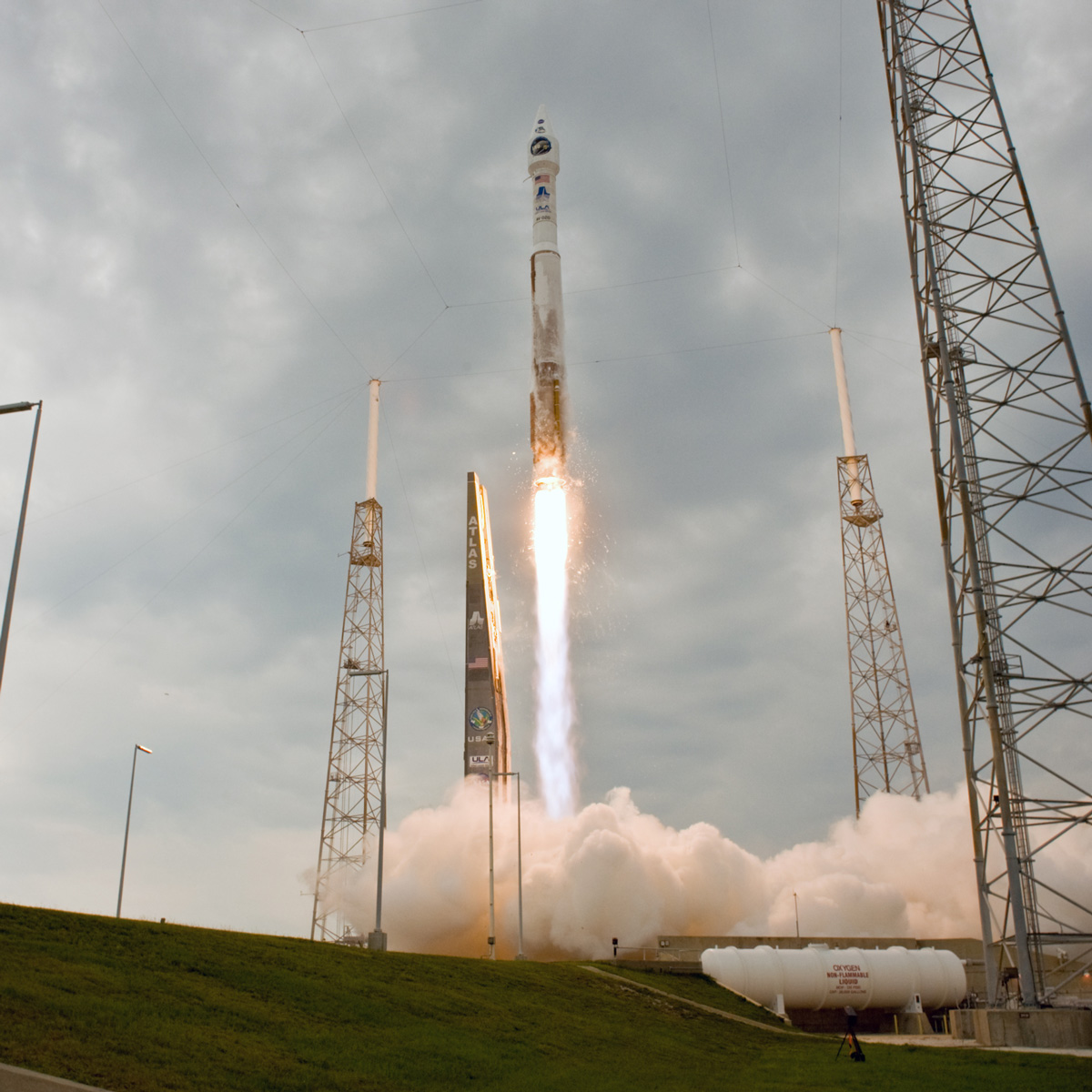 Lunar Reconnaissance Orbiter is up and out. Its mission is similar to that of the Surveyor missions of the early 60's. You wouldn’t think we would be needing to do this again, but it is looking for safe places for future manned missions to land. The exciting part is that it will also be seeking out any potential for much needed resources like water trapped in permanently shaded areas in the polar regions. Not having to pack your water bottles for a long Lunar mission would be a big plus.
Lunar Reconnaissance Orbiter is up and out. Its mission is similar to that of the Surveyor missions of the early 60's. You wouldn’t think we would be needing to do this again, but it is looking for safe places for future manned missions to land. The exciting part is that it will also be seeking out any potential for much needed resources like water trapped in permanently shaded areas in the polar regions. Not having to pack your water bottles for a long Lunar mission would be a big plus.
The best part is that LRO will observe LCROSS smash into the moon and make a big mess in October.
Apollo 11 Owners Manual
 If happen to come to own one of these bad boys from the late 60’s early 70’s you are going to need this owners manual. The original owners of these models rarely have this on-hand. If you are in the market, beware of any models from the 13 line since that model had a well-known faulty oxygen tank that is likely to scrub any potential trips to the Lunar surface you may have planned. Get it from Haynes online.
If happen to come to own one of these bad boys from the late 60’s early 70’s you are going to need this owners manual. The original owners of these models rarely have this on-hand. If you are in the market, beware of any models from the 13 line since that model had a well-known faulty oxygen tank that is likely to scrub any potential trips to the Lunar surface you may have planned. Get it from Haynes online.
ISS Looking Like its from the Battlestar Armada
Shuttle and the Sun

 This image taken by Thierry Legault has been making the rounds lately. That bit of a speck seen on the Sun’s lower-right limb is the shuttle on the way to perform it’s current Hubble repair mission. The spacecraft itself can be seen in much greater detail at left and another image of The Shuttle with The Hubble Space Telescope nearby can also be seen on Thierry’s website here.
This image taken by Thierry Legault has been making the rounds lately. That bit of a speck seen on the Sun’s lower-right limb is the shuttle on the way to perform it’s current Hubble repair mission. The spacecraft itself can be seen in much greater detail at left and another image of The Shuttle with The Hubble Space Telescope nearby can also be seen on Thierry’s website here.
A quick google search of Thierry’s name reveals that he has been at this sort of thing before. Seen below is the Shuttle and The International Space Station as seen against The Sun in 2006. These transits happen in less than a second to a ground observer, so capturing this fleeting event is no easy task.
CASSIE the Online Cassini Simulator
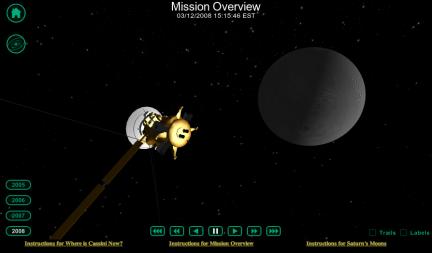 Go over and check out the interactive Cassini simulator at saturn.jpl.nasa.gov. Shown above is the simulator’s view of Cassini’s upcoming Enceladus flyby. Scale at this view is not terribly accurate as when you spin the view around — it will seem as if the spacecraft is the same size as the moon. However, it is pretty cool watching the mission in high speed with the labels and orbit trails turned on as seen below.
Go over and check out the interactive Cassini simulator at saturn.jpl.nasa.gov. Shown above is the simulator’s view of Cassini’s upcoming Enceladus flyby. Scale at this view is not terribly accurate as when you spin the view around — it will seem as if the spacecraft is the same size as the moon. However, it is pretty cool watching the mission in high speed with the labels and orbit trails turned on as seen below.
You will probably have to install a plug-in to use this, but it is quite simple. It should take care of itself for PC users, for MAC users you only need to download the installer and execute the installation from wherever your downloaded files reside. Some platforms may require restarting the browser should the plug-in appear to not be working after installation.
If this isn’t impressive enough for you and you want to go hard-core, try downloading CELESTIA. This is an application based simulator of our galaxy that is supported by a community of users which expand the program’s capabilities by keeping the surface maps of all the planets and moons up to date. There are even mission simulators you can download and ride shotgun along with historic missions such as Voyager and many others. Even more impressive is flying to other star systems where astronomers have discovered exo-planets and discovering that someone has already added a hypothetical model of that new world to the data set. A fair warning is in order — installing this is and then expanding the program through use of the Celestia Motherlode may result in hours worth of unproductive time.
Here is what an Enceladus flyby looks like in Celestia with updated skins. This is an actual screengrab from the application.
Highlights for 2008
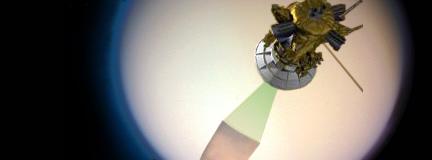 Cassini takes a pass at Titan on February 22 (already having made a pass this year on January 5th).
Cassini takes a pass at Titan on February 22 (already having made a pass this year on January 5th).

Soon after Titan, Cassini performs a truly unexpected maneuver and flies directly through the plumes of Enceladus on March 12th. This is a somewhat risky task for the probe as the particles it will surely encounter may pose some kind of impact threat to the spacecraft. Mission planners expect the risk to be low as they intend to turn the spacecraft around and let the less delicate side of Cassini bear the brunt of the material and photograph the geysers as it moves away from Enceladus. It should make for some of the most exciting planetary science planned for this year.

Cassini has another go at Titan on March 25.

Yup – you guessed it. Cassini at Titan again on May 12th.
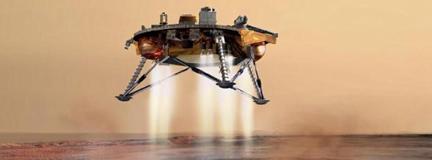
The Phoenix lander arrives at Mars on May 25th and (hopefully) makes good on the failure of the Mars Polar Lander. It will be the first time a probe will attempt a landing on the Martian pole and will conduct a series of experiments looking for the existence of water ice.

You can never have too much of a good thing. Cassini at Titan again on May 28th as well as July 31.
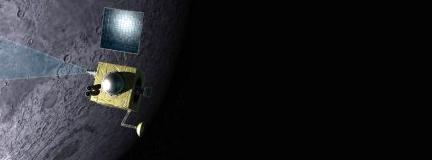
Chandrayaan becomes India’s first planetary probe as it leaves for the moon in Early July (was April).
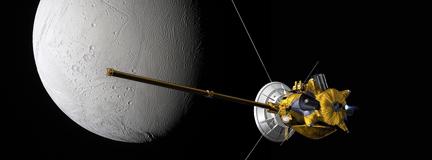
The extended Cassini mission has made Enceladus a prime target of investigation and the new encounters begin on Aug 11th and comes within 54km of the surface.
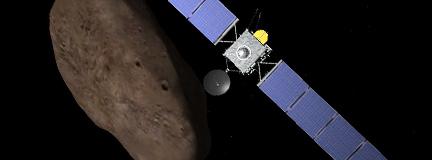
Rosetta still on its way for an encounter with Comet 67P/Churyumov-Gerasimenko in 2014, will make a close pass at an asteroid named 2867 Steins on Sept 5th at a distance of only 1700 km. Steins is a small asteroid measuring only a few kilometers in size and the craft will be traveling at a relatively slow speed which should allow for some good resolution images to be acquired during the encounter.

Messenger (having just completed the first encounter in 33 years this past week) has another go at Mercury on Oct 6th and flies past more uncharted territory on its way to eventual orbit insertion in 2011.

Two more close flybys of the Saturnian moon Enceladus on Oct 9 and Oct 31. The first at hair-raising distance of 25km and the second around a more reasonable 200km.
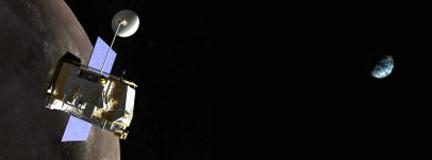
In an effort to recognize the International Lunar Decade (and intended manned Lunar missions within 15 years), the United States returns to the moon with the Lunar Reconnaissance Orbiter on Nov 3rd. It is expected to begin its scientific goals only 3 days after launch and is expected to look for possible deposits of water ice in permanently shadowed craters near the Lunar poles.

And finally more Titan flybys on Nov 3, Nov 19, Dec 5 and Dec 21.
All this is in addition to the ongoing work of Opportunity and Spirit on the surface of Mars. Mars Express and Mars Reconnaissance in orbit around Mars. Cassini’s non-targeted continuing tour of other icy Saturnian moons. And who knows, maybe we will see more than 2 or 3 reports coming from the ever quiet Venus Express mission currently at Venus.
Sadly, some very exciting missions will be quietly traveling en route to their targets and are not expected to be heard from in 08 like the Dawn Mission to the Asteroid Belt, New Horizons mission to Pluto/Charon, the newly re-targeted Deep Impact mission (now known as Epoxi) as well as Stardust now on its way to a follow-up visit to Tempel 1 the comet that was smacked by Deep Impact in 2005.
Smallsteps Wallpaper: Lunar Orbiter 1
In August 1966 NASA began the Lunar Orbiter series of missions that were intended to get up-close images of smooth areas of the moon suitable for landing both Surveyor unmanned lander probes as well as the eventual manned missions of Apollo. Note that these missions had only begun 3 short years before the successful Apollo 11 mission that saw mankind take its first steps onto the surface of another world… now that is some turn-around time! Lunar Orbiter 1 actually took place while the Surveyor series of missions had already begun. This would suggest that some of the data obtained from the Lunar Orbiter probes were collected and used immediately in the execution of Surveyor missions.
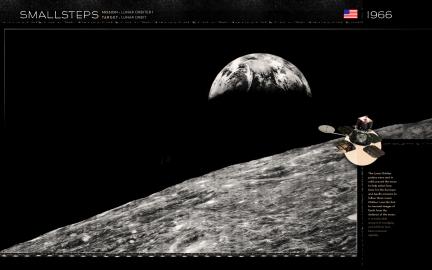
This first Lunar Orbiter mission is credited for returning the first 2 images of Earth as seen from the distance of the moon. Most people refer to these kinds of images as “Earthrise” images, although that description is incorrect in the traditional sense of the word. Since the same side of the moon always faces Earth, an Earthrise is only possible in a Lunar orbiting spacecraft that is in effect chasing the Earth. Down on the surface of the moon… if you can see Earth in the sky, then you will always see Earth in the sky. It will always be in the same place, at the same size and at all times of the Lunar day.
Cassini Tee at redbubble.com
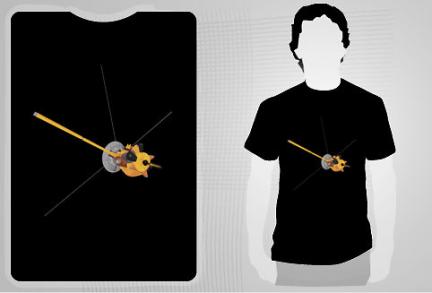 One day wanderinspace.net expects to release a poster celebrating the Cassini mission. In the meantime, there is this tee available for sale at redbubble.com that features the Cassini spacecraft which will be featured in that design.
One day wanderinspace.net expects to release a poster celebrating the Cassini mission. In the meantime, there is this tee available for sale at redbubble.com that features the Cassini spacecraft which will be featured in that design.
We just ordered one and it hasn’t come in yet. So we don’t know how the printing quality will be… we cannot vouch for that as of this time. But the site does offer that they come on American Apparel tees available for in men and women’s sizes, which are known to be top quality tees. When the purchase arrives here at wanderingspace control center, we will offer an update.
Smallsteps Wallpaper: Luna 9
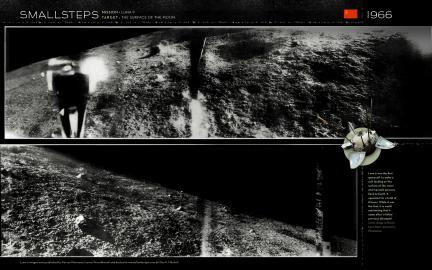 The very first time we humans ever had a look at the surface of another world was in 1966 with the Luna 9 spacecraft. The event is nearly wiped from our collective memory after the successes of Apollo, but at the time this was another feather in the cap of the Soviet Space Program. Now they were able to claim the first successful touchdown as well as first man in space, first spacewalk, first object in space… you name it.
The very first time we humans ever had a look at the surface of another world was in 1966 with the Luna 9 spacecraft. The event is nearly wiped from our collective memory after the successes of Apollo, but at the time this was another feather in the cap of the Soviet Space Program. Now they were able to claim the first successful touchdown as well as first man in space, first spacewalk, first object in space… you name it.
Smallsteps Wallpaper: Luna 21 & Lunokhod 2
Smallsteps Wallpaper: Luna 17 & Lunokhod 1
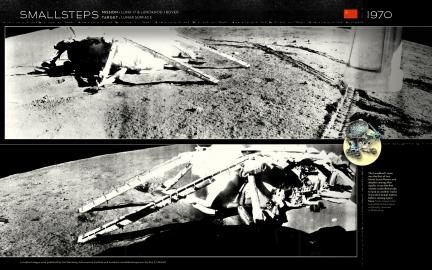 More than a year after Americans set foot on the moon in 1969, the Soviets landed the worlds first remote “rover” type vehicle ever to explore the surface of another world. One almost has to wonder how the politics of this mission even played out to bother even letting it continue. It would hardly seem worthwhile sending a robot to do the work actual humans would be conducting 5 more additional times beyond the historic Apollo 11 landing from the year previous.
More than a year after Americans set foot on the moon in 1969, the Soviets landed the worlds first remote “rover” type vehicle ever to explore the surface of another world. One almost has to wonder how the politics of this mission even played out to bother even letting it continue. It would hardly seem worthwhile sending a robot to do the work actual humans would be conducting 5 more additional times beyond the historic Apollo 11 landing from the year previous.
The rover was named “Lunokhod” and translated means, “Moon Walker”, it carried out a mission for 11 days and traveled 10.5 km. Despite the fact that nobody knows exactly where the rover rests today, the rover and lander were sold at auction in 1993 for $68,500. The auction catalog read that it was, “resting on the surface of the moon”.
Smallsteps Wallpaper: Luna 3
The Soviet spacecraft Luna 3 was the third such craft to be successfully sent to the moon in history. The images were not very great, as can be seen… but it was the first glimpse mankind ever had of the side of the moon that is permanently facing away from us. With the first look at the “dark side of the moon” many people were quite excited and the images were published the world over. It took a total of 29 pictures and was able to image at least 70% of that unseen side of the moon.
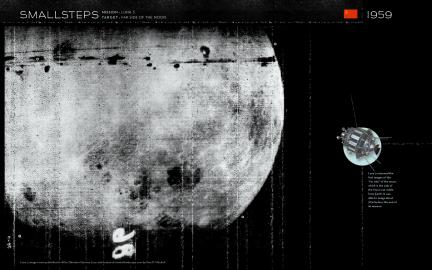
The image is largely intact but for the purposes of presentation I faked the “8” in the number on the bottom and actually added some noise lines.
Smallsteps Wallpaper: V2 Rocket
While looking at all the strange images from old Soviet moon missions on Don Mitchell’s site, I thought it would be interesting to design a set of wallpapers from these early images. I call the series “Smallsteps” as in Neil Armstrong’s famous, “One small step…” quote from Apollo 11. Obviously, there would have been no “giant leap” without a large number of these other “small steps” preceding the Apollo Program (although some of the images I have planned actually come after or during the Apollo program).
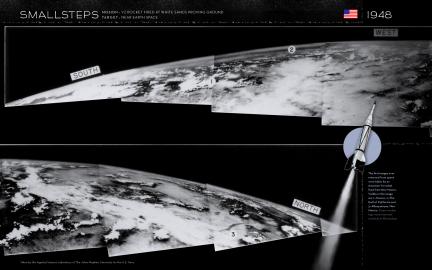
To me, the fact that the human race was even doing space exploration back then seems almost out of time — and then you look at the spacecraft that were sending back these images and it is amazing that anything really ever worked. Tin cans with cameras sending back images that were often just as bizzare and rough as the vessels that carried them. It is even more incredible when you consider that people eventually started strapping themselves to these rockets and floated around the vacuum of space in boxes wrapped with foil.
Seems appropriate enough to start the whole set off with the V2 images of Earth sent back in the shockingly early year of 1948. According the the Air and Space Museum these are the first images of the Earth taken from space in history. The image itself I suspect was just scanned from some print and the number tags and directionals are original (although there were about 17 of them and I removed a majority of them in Photoshop).
Martian Skies Will Clear Up
Put on a happy face.
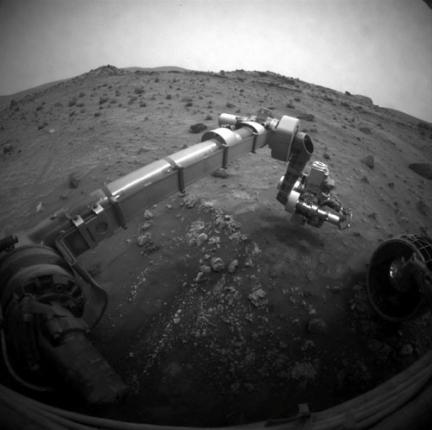
The robotic arm on Spirit has begun operations again. The dust storm has been breaking up and allowing sunlight to recharge its batteries enough to resume some scientific activity on the surface. Apparently things are not quite so clear yet on Opportunity’s side of the planet, but it is starting to look as if things will be back to normal soon enough for Spirit at the very least.
Wallpapers: Earth from the Space Shuttle
Something impressive seems to be happening on STS-118 (the Space Shuttle mission currently in orbit)… Photography.
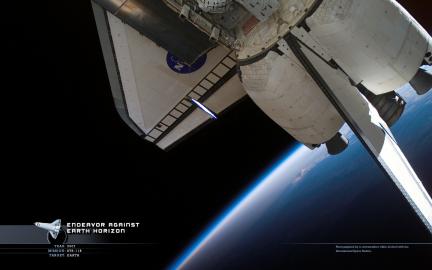
Surely there are many excellent images to be had from previous Shuttle missions, but the images coming from STS-118 are really something to see. Perhaps one of the astronauts doing the EVAs (extra vehicular activities) has a degree in photography? At any rate, this site’s recent effort to give Earth it’s fair presence on this site has to take advantage of some of these fantastic images coming from NASA.
If you would like to see more check out the current mission’s multimedia gallery here or digg the story here.
Phoenix Lander Ready for Launch
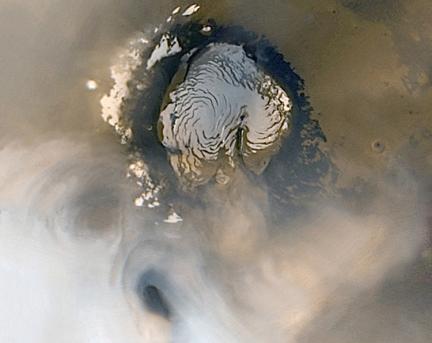 Phoenix Lander ready for launch tomorrow. Its destination is the Martian Arctic Pole, hopefully realizing the hopes of the lost Mars Polar Lander. See website for news.
Phoenix Lander ready for launch tomorrow. Its destination is the Martian Arctic Pole, hopefully realizing the hopes of the lost Mars Polar Lander. See website for news.


